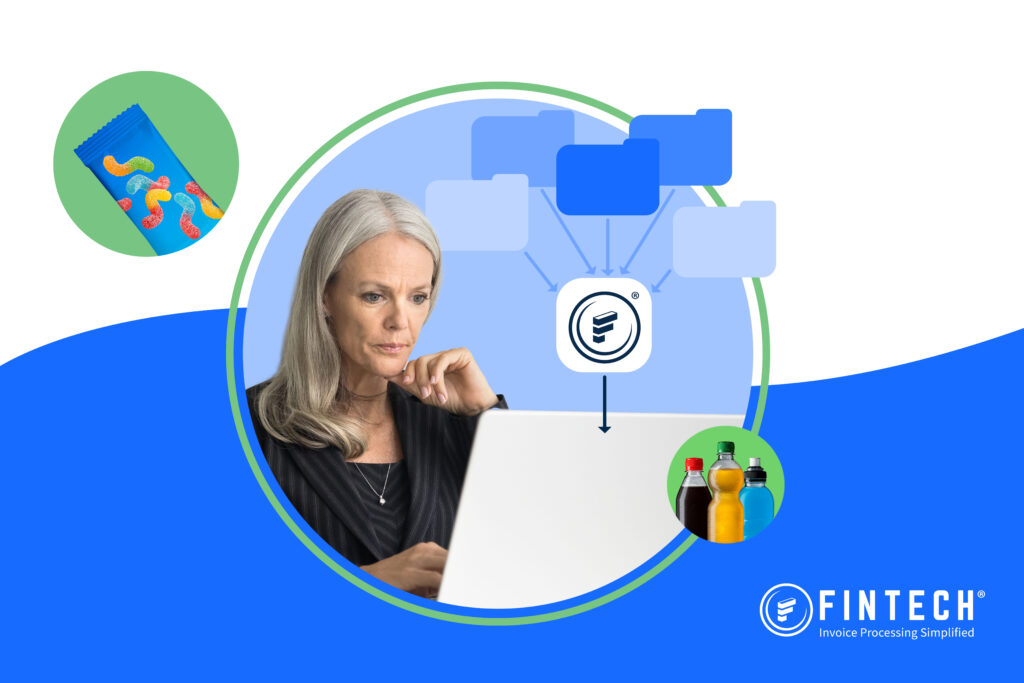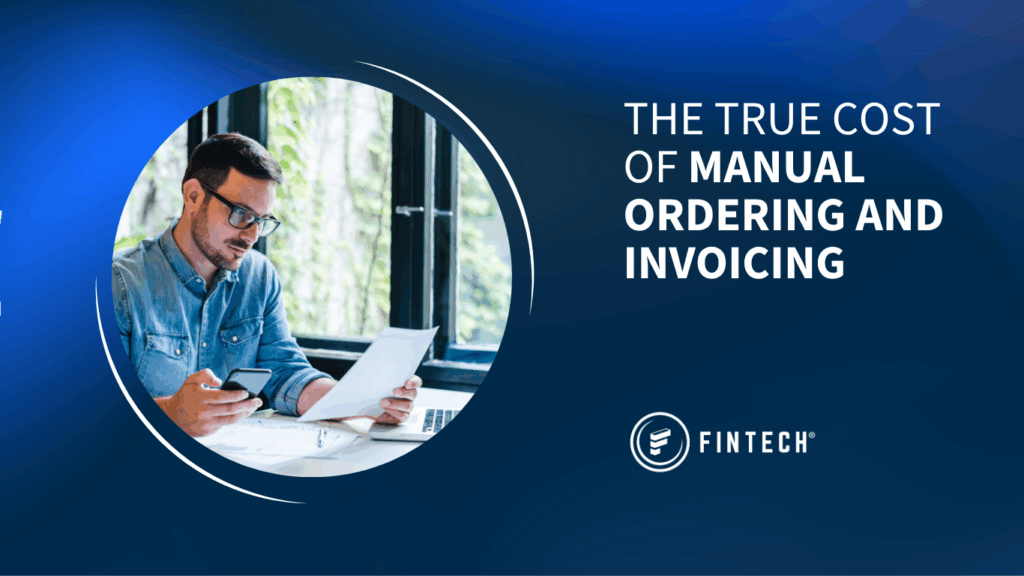Seamless integration between retailers and supply chain partners is no longer a luxury; it is a necessity to stay competitive. This is why it is important to identify the common challenges facing vendor integration management and how to overcome them. Well-managed and executed vendor integrations create a harmonious working environment that drives profitability and efficiency.
Key Challenges Retailers Face
1) Invoice Data Synchronization
Supply chain management relies heavily on accurate invoice data. However, ensuring data consistency and speed to visibility between retailers and their supply chain partners remains a significant challenge. For example, if there is slow invoice data ingestion, businesses lose visibility into expected debt, available cash flow, and inventory counts – all of which can cause margin erosion.
Imagine a scenario where a retailer is waiting on invoice data (either at the summary or line item level) from a vendor file and they make additional purchases during that time without understanding the full picture of their available spend. This can cause discrepancies in their P&L and affect future orders. With speed to invoice data visibility, thanks to a working vendor integration, retailers can know their expected costs faster and be notified of any fluctuations so they can course correct to protect their margins.
2) Back-Office Compatibility
Retailers and supply chain partners often work on different systems or software platforms. Legacy systems used by one party might not seamlessly integrate with the cloud-based tools preferred by the other. This lack of compatibility hinders tracking, forecasting, and the exchange of critical data.
There is also the issue of file type compatibility. When working between two systems, there needs to be a compatible file format for successful data integration. Without it, data needs to be manually extracted and converted into a readable format. If a business chooses to handle vendor integrations internally, that typically requires a full IT team equipped to handle setup and ongoing maintenance.
This process involves:
- Finding the right person to set up the integration from the vendor/retailer side
- Sharing specs and deciding on file type to use
- Testing file transfer
- QA
- Turning on integration
For example, consider trying to set up and manage integrations for all vendors internally. Let’s say it takes two weeks on average to fully set up an integration. Multiply that by 30-40 individual vendors, and you are left with a lengthy uphill process. Not to mention the thousands spent investing in internal teams to support this type of work.
3) Communication Barriers
Effective communication is fundamental to smooth integration. Yet, in many cases, retailers and supply chain partners use different communication tools or processes, leading to misunderstandings or delays in decision-making.
For example, if something breaks in the integration, which could be as simple as a file type change, it can cause problems downstream that may take a while to address due to communication delays.
How These Challenges Impact Operations
The ripple effects of failing to address these challenges can be significant. Retailers may experience:
- Rising Costs – By managing internally, inefficient communication or technology mismatches force retailers to invest time and money in manual corrective actions.
- Operational Bottlenecks – Poor integration can halt day-to-day processes, disrupt set-up, and stump the retailer’s growth.
- Inaccurate Data – There is a strong chance of inaccurate data with misaligned invoice file integrations, causing problems with managing inventory and realizing cash flow.
- Affected Vendor Relationships – Issues with vendor integrations can sour the working relationship and make it hard to build success over time due to incompatibility.
Strategies to Overcome Integration Challenges
Despite these challenges, there are actionable steps retailers can take to bridge gaps and strengthen integration with their supply chain partners:
1) Outsource Vendor Integrations to Dedicated Team
Adopting integrated and scalable technology platforms is key. Retailers and their vendor partners should work together to choose tools that are compatible with both systems or adopt third-party integration solutions.
For instance, using a system like PaymentSource supports vendor integration onboarding with a dedicated team that handles the entire process. This includes ongoing maintenance if there are any issues at any point in the file transfer process. Fintech’s integration setup takes 24-48 hours for vendors already on our network and 10 days on average for new vendors, which is faster than trying to handle it internally.
2) Use an Integration with File Type Flexibility
There are multiple file types used by vendors, which is why it is important to have an integration partner that can ingest different kinds of files. Fintech’s integration supports multiple CSV and EDI file types as well as compatibility with over 200 different back-office systems. With file transfer protocol (FTP) and API compatibility, Fintech offers multiple ways to ingest invoices before standardization.
3) Work with an Integration Partner That Has an Existing Vendor Ecosystem
Transitioning to electronic invoice processing is a seamless process when all parties are onboarded. Fintech has a large ecosystem of alcohol distributors and non-alcohol/non-regulated vendors already onboarded for electronic invoice file integration. This accelerates the onboarding process and minimizes the runway to successfully share vendor data files back and forth.
Retailers can eliminate the burden of vendor integration setup and management by outsourcing to a dedicated team like Fintech.
The Importance of Seamless Vendor Integration Management
By addressing data synchronization, communication gaps, and technology mismatches, retailers can improve their overall efficiency, reduce costs, and enhance accounts payable and inventory workflows. For businesses that deal with multiple vendors, seamless integration is a cornerstone of success.
Reach out to Fintech to learn more about our dedicated vendor integration management team and how we can help simplify the process.






